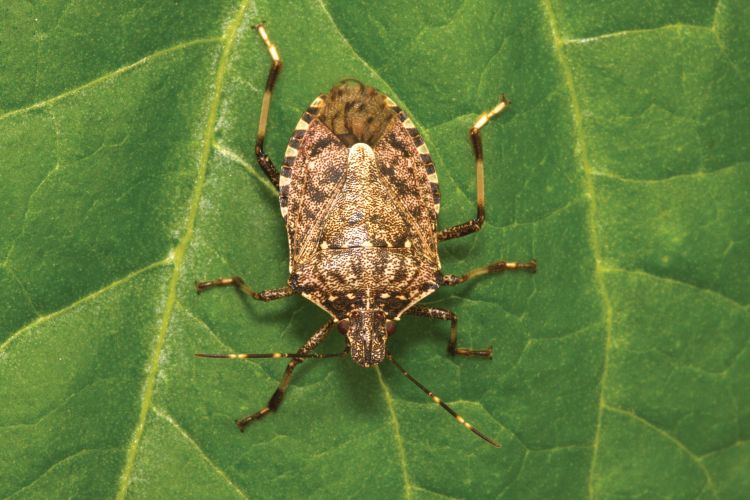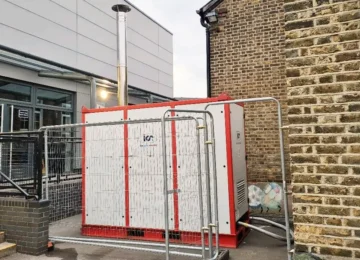Ecosystems function as intricate networks where every organism plays a specific role in maintaining balance. When large pest populations exceed the natural limits of these ecosystems, they can cause cascading effects through these intricate systems. From decimating greenery to crowding out Indigenous species, pests pose an ecological threat.
Research shows that invasive pests alone cause approximately $70 billion in damages annually in the United States, affecting agriculture, forestry, and natural habitats. Understanding these disruptions is critical to know how to get rid of pests in Lynnwood. Moreover, it is important for anyone concerned with environmental conservation and the preservation of biodiversity in our increasingly interconnected world.
Can Pests Disrupt The Ecosystem Entirely?
Yes, certain pest species can completely transform or collapse ecosystems when their populations grow unchecked or when they invade new territories.
The Emerald ash borer is a perfect example of ecosystem-wide disruption. Since arriving in North America in the early 2000s, this beetle has wiped out hundreds of millions of ash trees in 30 states. In areas of heavy ash mortality, 95 percent of the canopy was lost, leading to changes in soil chemistry, increased water runoff, and the loss of nearly 100 native insect species that relied on ash trees.
Rodent populations can also alter entire ecosystems. On Hawadax Island (previously called Rat Island) in Alaska, for instance, an accidental introduction of rats led to the rapid establishment of rats and the extinction of nearly all ground-nesting birds via egg and chick predation. The loss of seabirds that followed resulted in diminished nutrient transfer from sea to land — dramatically changing soil chemistry and plant communities island-wide.
These examples show us how pests can trigger ecological chain reactions that eventually transform entire ecosystems beyond recognition or recovery without intervention.
How Can They Do So?
Pests can contribute in different ways to disrupting the ecosystem. Here are a few ways:
Direct Habitat Destruction
Bark beetles and termites, for example, can decimate key habitat components in spectacularly quick order. Huge swathes of western North America have been devastated by pine bark beetles — an estimated 27 million hectares — with landscape-scale changes observable from space.
Disruption of Food Webs
When pests overeat particular plants or eat particular animals in excess, they can sever key connections in food chains. When gypsy moths eat trees bare, for instance, they lower food availability to native caterpillars, which in turn reduces birds who rely on those caterpillars.
Native Species Interference
Invasive fire ants displace native ant species from sites, leading to reduced levels of biodiversity and changing the soil ecosystems in invaded habitats in areas of the southern United States.
What That Means for Us?
Impact on the ecosystem means a lot of things to us, such as:
Economic Impacts
Disruption of ecosystems caused by pests leads to considerable economic costs. Agricultural damage from invasive insects costs the United States about $13 billion a year. Japanese beetles, when they invaded eastern states, fed on more than 300 plant species, and the costs of control measures ran into the millions of dollars, reducing crop yields.
Public Health Concerns
Changes in the ecosystem can heighten risks of human disease. When ecosystem simplification wipes out tick predators, Lyme disease-carrying ticks proliferate, studies have shown, and human infections spike.
Resource Availability
When ecosystems are threatened by pests, human livelihoods are threatened. Meanwhile, in New York City, the Asian longhorned beetle poses a threat to 30% of urban trees in eastern cities, which could lead to the loss of billions in ecosystem services, from air purification to stormwater management to temperature regulation. These losses could increase urban infrastructure costs by $4 billion in at-risk metropolitan areas.
Cultural Losses
Many communities have a strong tie to specific ecosystems. When hemlock woolly adelgid killed or starved expansive hemlock groves in Appalachia, it robbed culturally important landscapes that supported traditional practices of indigenous communities as well as recreational activities enjoyed by tens of millions of visitors each year.











